Opening hours
Weekdays
7:15 - 12:00 || 16:30 - 18:30

Declared a National Monument, in the Middle-Ages it was one of the most important religious and cultural centres in Southern Italy.
The story of the monumental complex of the Benedictine Abbey of Cava dei Tirreni, also called “Badia” by the locals, began in the year one Thousand, when a group of monks gathered around the hermit Alferio Pappacarbone, a nobleman from Salerno. The zeal of the disciples led him to build a modestly sized monastery. St. Peter, the nephew of Alferio, greatly expanded it, making it the center of a powerful monastic congregation with hundreds of churches and monasteries scattered across Southern Italy.
The Abbey has had several interactions with many popes over the centuries. In 1092, Pope Urban II visited the Abbey and consecrated the Basilica. In 1294, Pope Boniface VIII granted the title of "City" to Cava, simultaneously elevating it to an autonomous diocese with its own bishop, who would reside at the Abbey, where the church was declared the cathedral of the Diocese of Cava.
Throughout its long history, the Abbey acquired many possessions and received donations, privileges, and exemptions from the local nobility, first from the Lombards and Normans. Eventually, it gained the right of patronage over the churches and monasteries of the area, granted by the Church. Thanks to the awards and honors given by the Holy See, it became an important center of monastic congregation, with possessions across the province of Salerno, the Apulia region, northern Calabria, and Sicily.
Throughout its history, the Abbey has been enriched by many works of art from different eras: buildings, frescoes, mosaics, sarcophagi, sculptures, paintings, illuminated manuscripts, and precious objects. Even today, it is possible to visit and admire the countless works and spacious rooms of the Abbey, including:

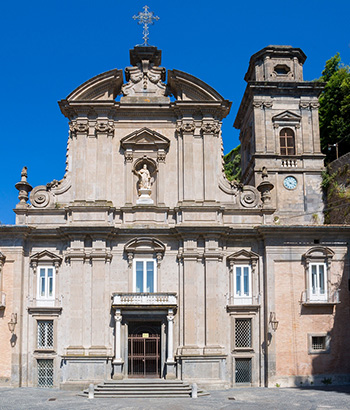
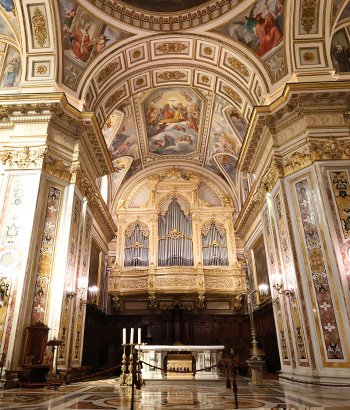
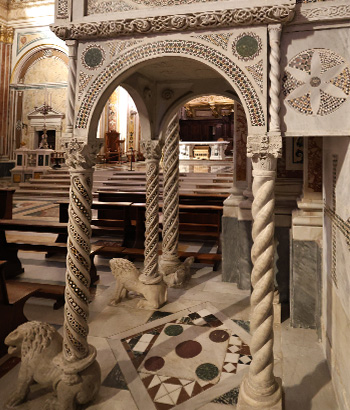
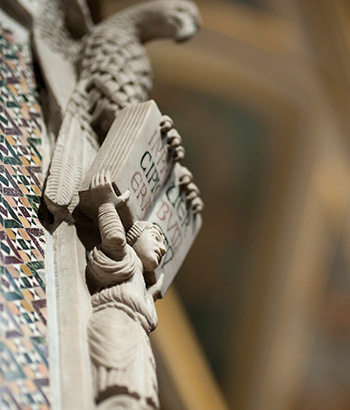

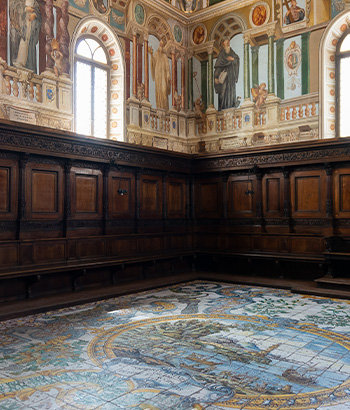
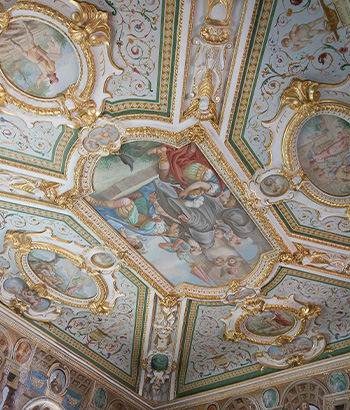
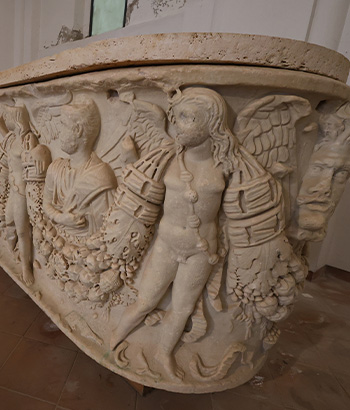



The small cloister, dating from the XI to XIII Centuries, is the most striking and characteristic part of the Abbey, despite its reduced proportions. Although it has undergone several alterations, its structure is reminiscent of the contemporary cloisters in Amalfi, as well as those of San Domenico in Salerno and Santa Sofia in Benevento.
The cloister has a quadrangular shape and vaults with irregular columns and penducci, with stone-tiled floors, plates, brackets, and rectangles.
The Great Hall of the Chapter, built in the 1200s as well, is adjacent to the cloister. Here, some fine roman sarcophagi are placed , adated to the III Century AD.
The cloister is also located in a scenic area: beneath it, it lies the crypt of the Abbey, known as the "Lombard Cemetery," which was used as a burial place not only for monks but also for the locals.
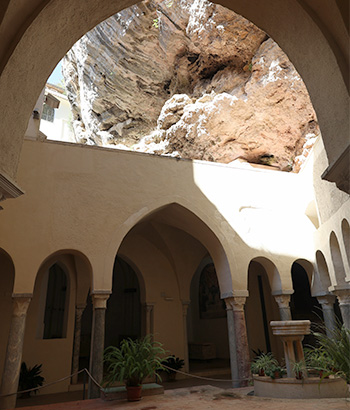
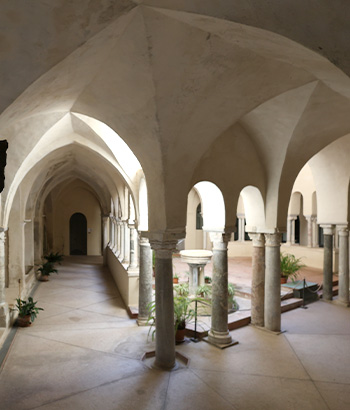

After the Unification of Italy, the Abbey of Cava de' Tirreni was spared from the confiscation of church properties, but it still faced a reduction in its land assets. Nevertheless, the community of monks sought to revitalize the Abbey's activities in study and training, with the establishment of a boarding school. Having escaped the bombings and devastation during the front's passage during the Second World War, the Badia hosted the population evacuated from surrounding towns. In peacetime, it returned to its role as a place of spirituality and culture—a role it continues to play today. second world warit hosted the population evacuated from the towns, returning then to be, in time of peace, a place of spirituality and culture, a role that it still has today.
Thanks to its archive, the monks have been able to provide over the centuries to the transcription and preservation of codes and manuals, favouring the diffusion and the study of ancient manuscripts to scholars from all over Europe and the Americas.


Weekdays
7:15 - 12:00 || 16:30 - 18:30

9.00 - 10.00 || 11.00 - 12.00
For groups it is possible to arrange different times


On-street parking

Line: 61

Accessible to people with disabilities

